In 2021, Scottsdale Water celebrated 50 years of providing quality drinking water and advanced reclamation services to Scottsdale businesses and residents. Through innovative technology, advanced planning, and commitment from local officials, residents and businesses, Scottsdale Water will continue to lead the industry into the future. Learn more about the history of Scottsdale Water!
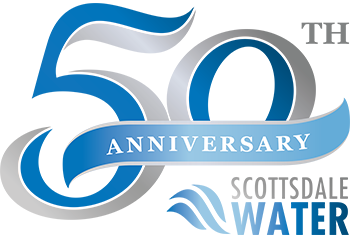
Historical Timeline
To mark this milestone, Scottsdale Water looks back on historical events that led to today’s success.
600-1450
The Hohokam people realized the need for an extensive water delivery system in order to support their growing population. They excavated extensive canals throughout the Salt River Valley in order to transport water for irrigation purposes. These canals extended for several 100 miles over the desert landscape and were up to 12-feet deep. The canals later became the foundation for the Salt River Project canals.
1885
The Arizona Canal was completed after beginning in 1883, allowing farming to prosper in Scottsdale. 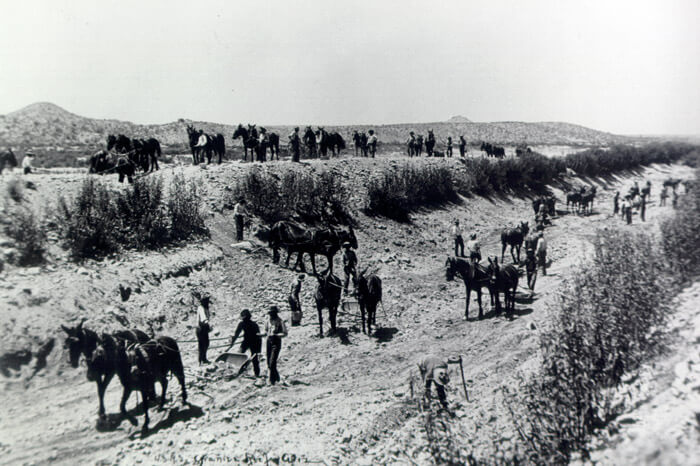
1903
Salt River Valley Water Users’ Association organized on February 4, the first of its kind in the U.S. following passage of the National Reclamation Act.
1911
Theodore Roosevelt Dam was completed at Tonto Basin. This provided Salt River water to the Salt River Valley. Begun in 1903, it was the Federal government’s first-ever reclamation project.
1912
Arizona achieved statehood on Feb. 14, 1912.
1919
Arcadia Water Company formed to serve Scottsdale. 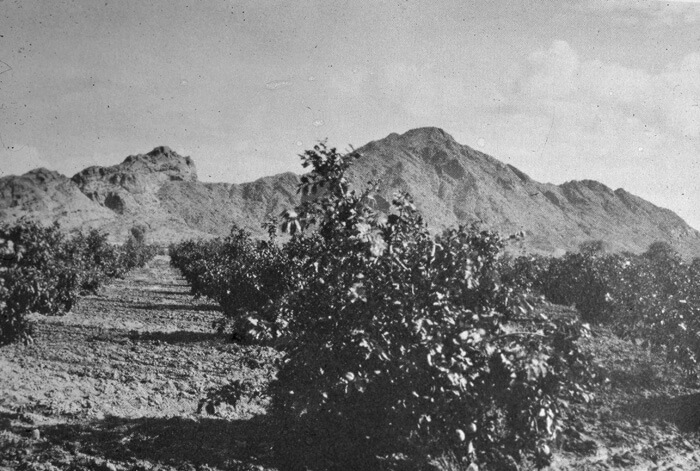
1922
The Colorado River Compact set up future allocations of Colorado River water to the Upper and Lower Basin States. Seven Colorado River basin states (Arizona, California, Nevada, Colorado, New Mexico, Utah and Wyoming) began negotiating for Colorado River water rights and in 1922 formed the Colorado River Compact. The states divided into Upper and Lower Basin states (Arizona is in the Lower Basin) and allocated 7.5 million acre-feet to each basin. Arizona disputed its share of the water allocation and didn’t approve the compact until 1944.
1936
The Boulder Dam (later renamed Hoover Dam) was dedicated to provide Colorado River water to neighboring states. 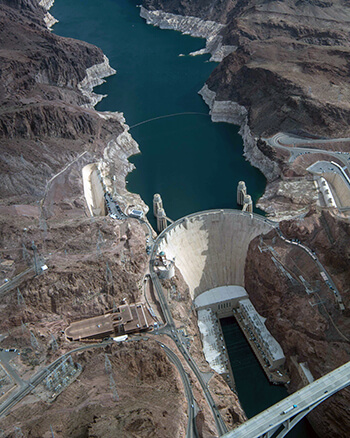
1948
The City of Phoenix purchased the Brown Water Company in unincorporated Scottsdale.
1951
The Town of Scottsdale officially incorporated on June 25, 1951, with 2,032 people living within an approximately half-mile municipal boundary.
1959
Town of Scottsdale dedicated its Scottsdale Sanitary Sewer System plant on Sunday, October 25. Located on Miller Road south of Van Buren, the plant cost approximately $700,000 and went into operation in
January 1959. It handled sewage for a 27-square-mile area. 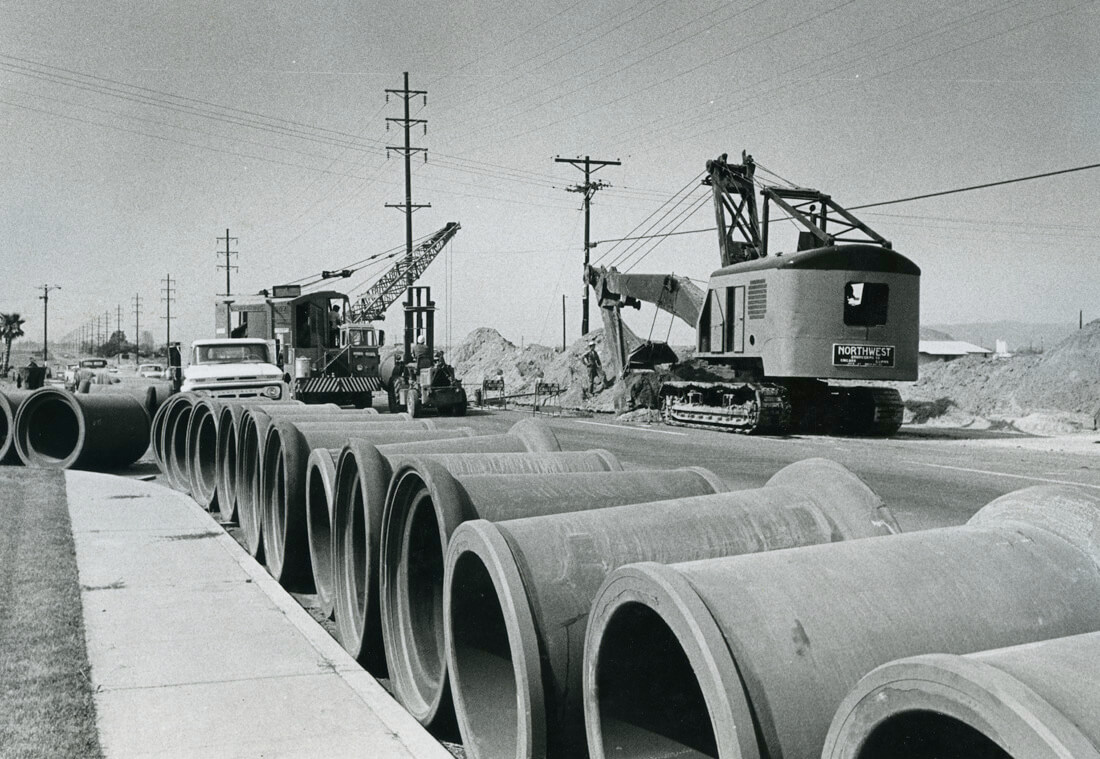
1962
On Aug. 7, the Scottsdale City Council approved the city’s participation in a proposed four-city sewage system, partnering with Phoenix, Tempe and Mesa. Approval of the system begins a 30-year program, costing Scottsdale $5 million. This is the precursor to the Sub-Regional Operating Group and the Arizona Municipal Water Users Association.
1963
On June 3, the U.S. Supreme Court granted Arizona the entitlement to 2.8 million acre-feet of Colorado River water annually, nearly 20 percent of the river’s water, putting the state a step closer to realizing
the long-awaited Central Arizona Project construction and implementation. This led to approval of the Colorado River Basin Project Act, including federal government construction of the Central Arizona
Project, on Sept. 30, 1968. 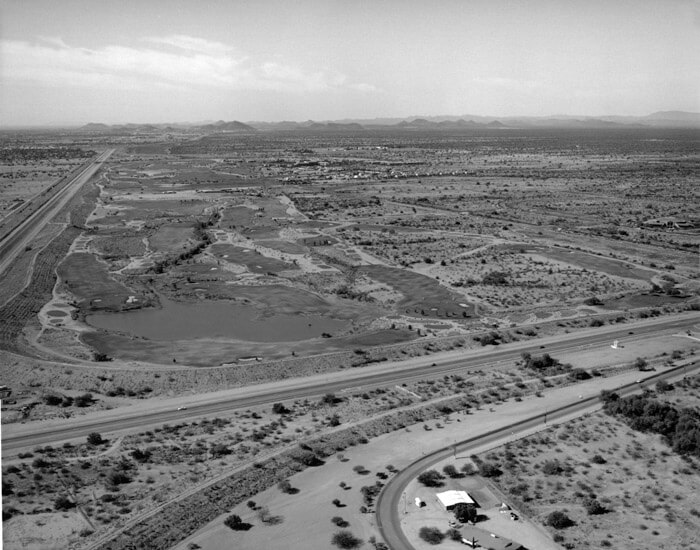
1968
The Central Arizona Project enabling legislation is passed by the U.S. Congress, authorizing construction of a 330-mile-long canal from the Colorado River, through the Phoenix area and on to Tucson. 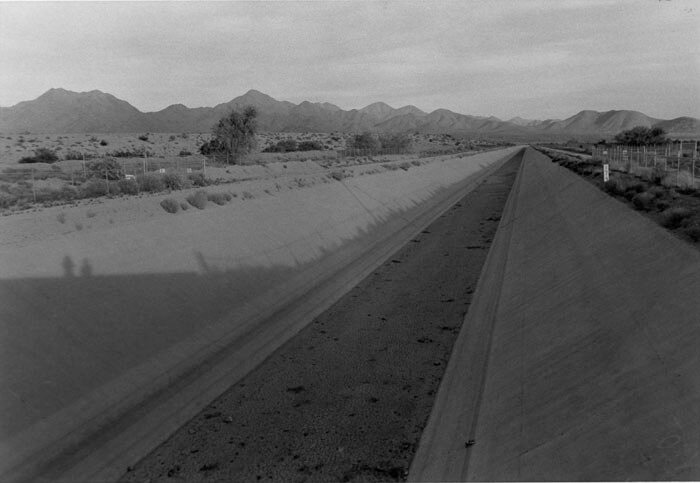
1969
The Arizona Municipal Water Users Association (AMWUA) was incorporated by Scottsdale, Mesa, Phoenix, Glendale and Tempe. The purpose was to facilitate and advance municipal cooperation in securing and
maintaining water and water rights for urban use. 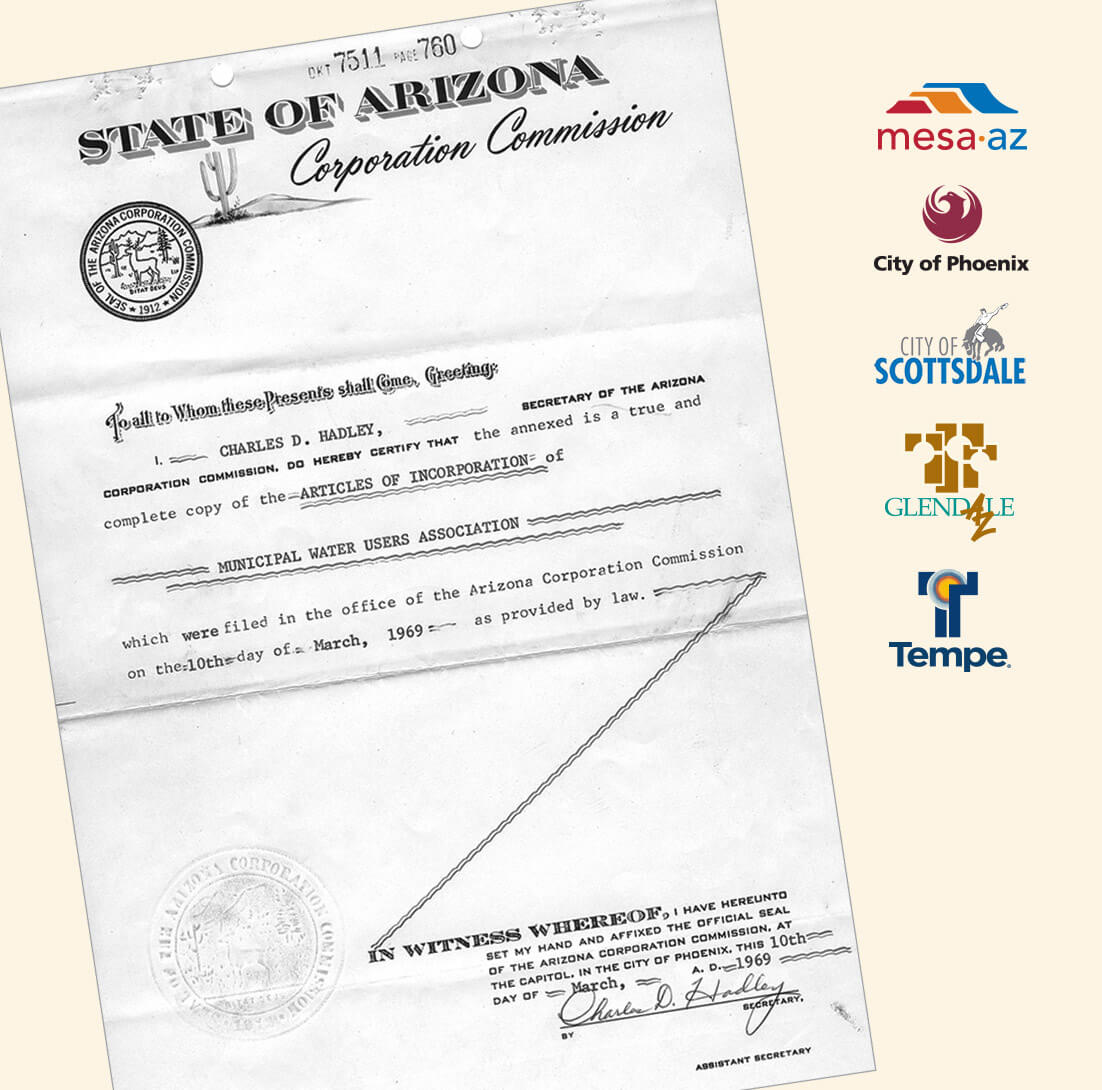
1971
March 15, Scottsdale purchased the Indian Bend Water Company for $2.7 million, commencing municipal operation of the water system. Serving about 15,000 persons, the purchase encapsulated four wells, about 57
miles of water mains, and an estimated 4,025 accounts and other storage facilities. 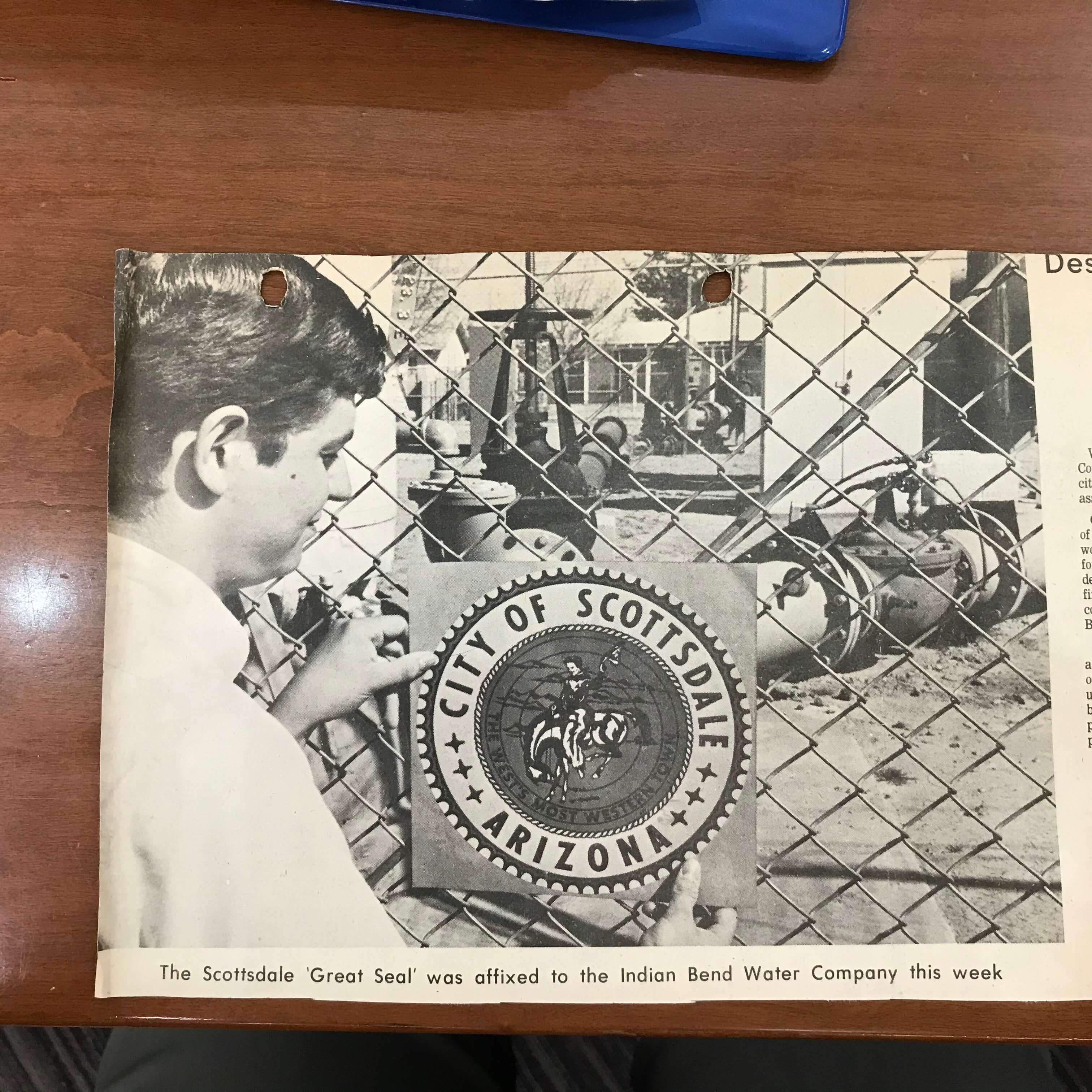
1973
Construction began on the long-awaited Central Arizona Project (CAP) Canal. 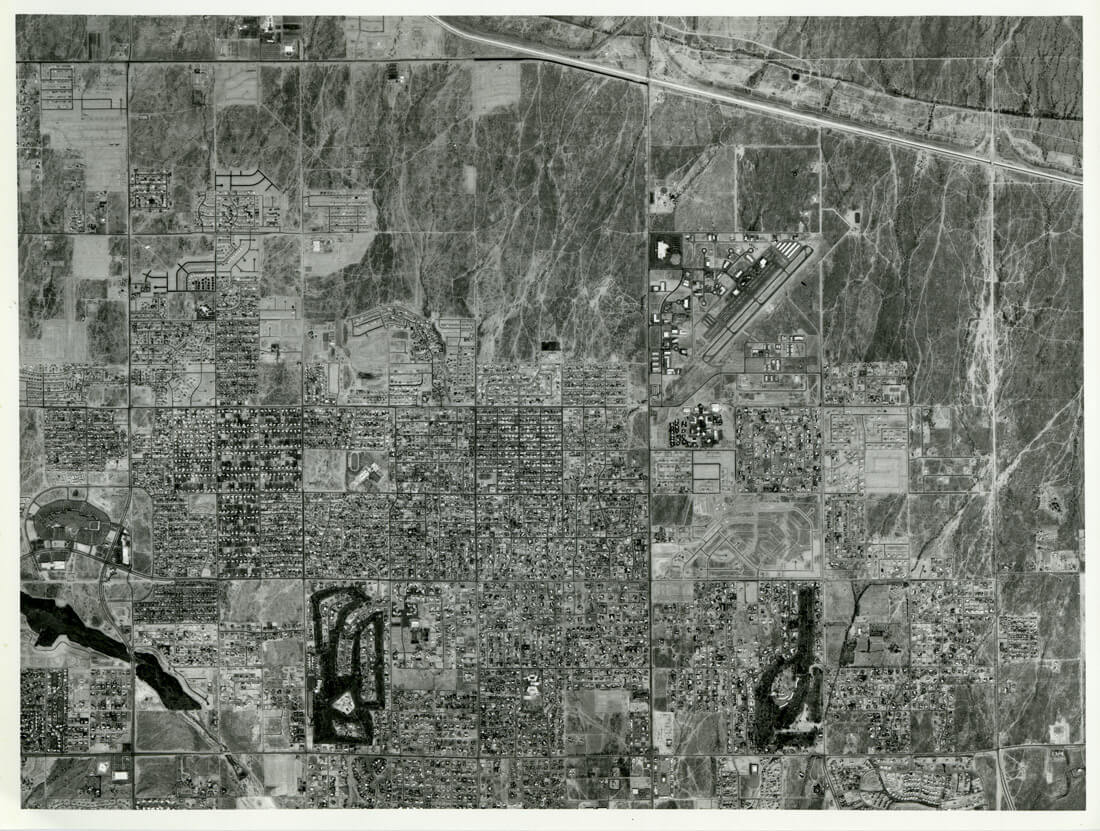
1973
Scottsdale purchased the Desert Springs Water Company from the Herberger family.
1973
AMWUA negotiated an agreement with APS to provide reclaimed wastewater for cooling purposes at the Palo Verde Nuclear Generating Station. The reclaimed wastewater was treated by the 91st Avenue Wastewater
Treatment Facility owned by the original five AMWUA members. 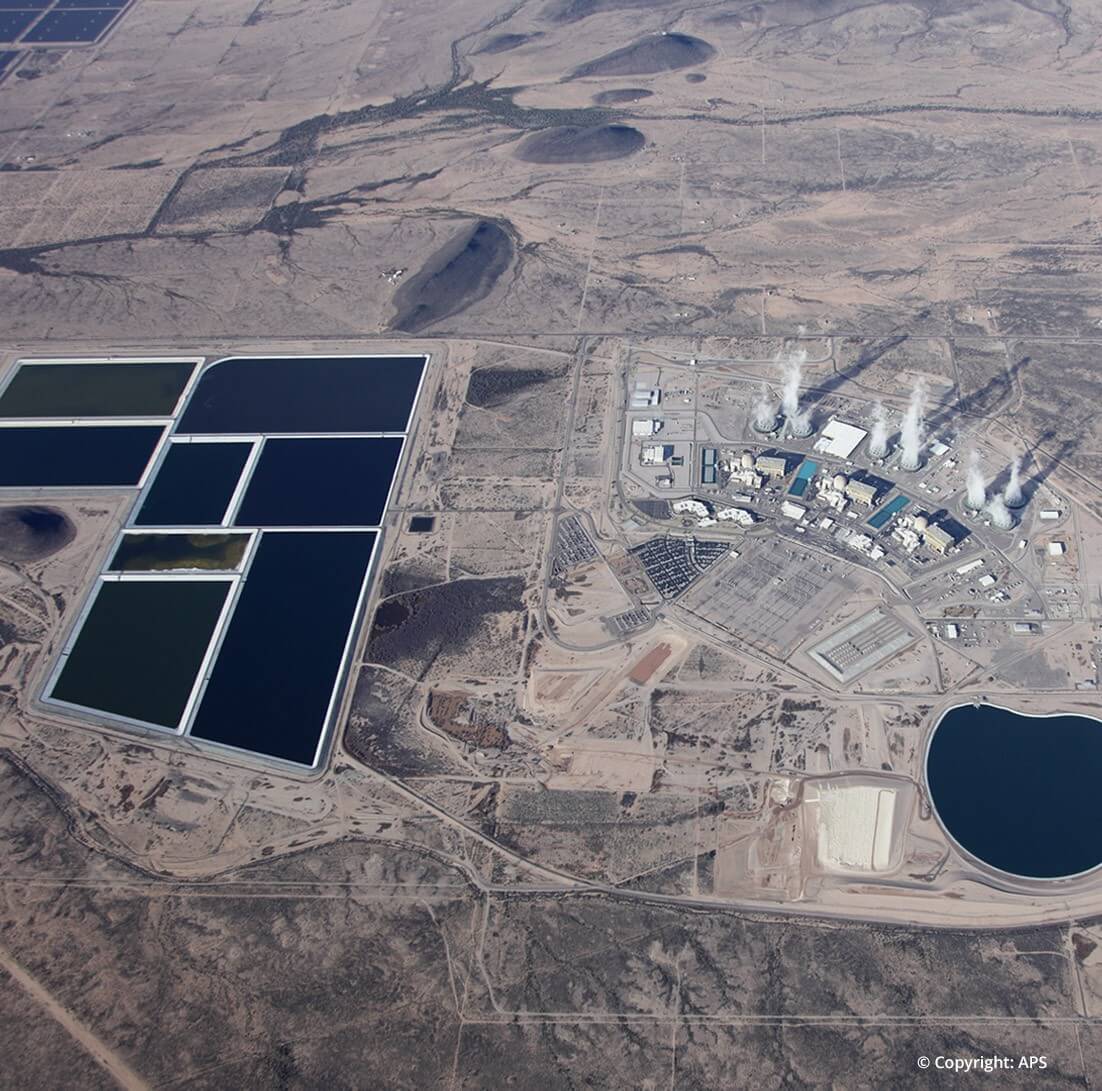
1978
Scottsdale forms the Municipal Utilities Department which includes the administration and operation of the city’s water and sewer system.
1979
The Sub-Regional Operating Group (SROG) was formed among several Valley cities, including Scottsdale, to operate a regional wastewater conveyance and treatment system. The plant supplies treated wastewater for
multiple uses including the Palo Verde Nuclear Generating Facility, Tres Rios Wetlands and Buckeye Irrigation District. 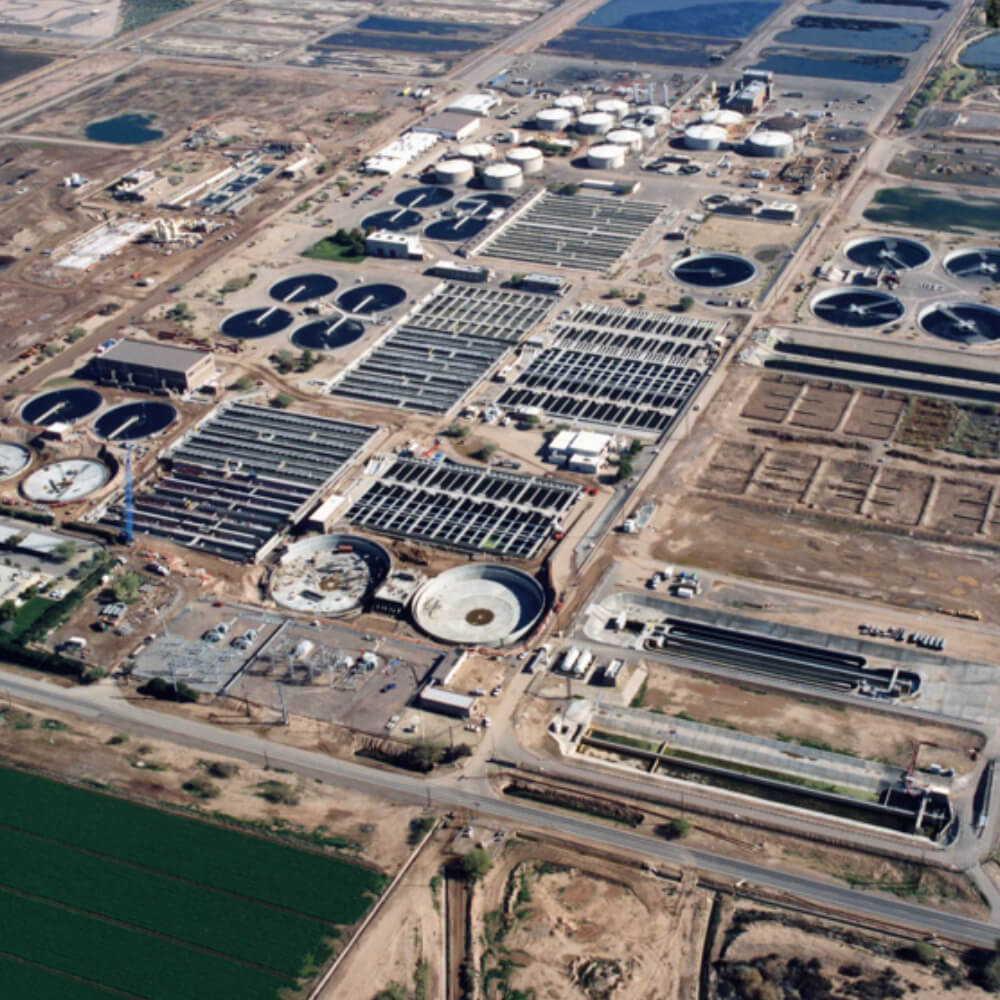
1980
Arizona Governor Bruce Babbitt signed the landmark Arizona 1980 Groundwater Management Act on June 12, mandating the proof of a 100-year assured water supply for new development to obtain the goal of “safe
yield” by the year 2025 in the Phoenix Active Management Area. Safe yield achieves the balance between groundwater pumped and recharge in the aquifer both naturally and artificially. 
1981
The City purchased the Pinnacle Paradise Water Co. which had been established by developer Jerry Nelson in the early 1970s.
1981
Trichloroethylene (TCE) was discovered in some Phoenix and Scottsdale water wells that served much of southern Scottsdale; seven wells were eventually shut down.
1982
Scottsdale purchased the Pinnacle Peak and Ironwood Water Companies and started negotiations for the North Valley Water Company – all had been serving the newly annexed northern area of the city.
1982
The Scottsdale Water Conservation Office is formed, managing rebate programs, home watering efficiency audits and water conservation education workshops.
1983
Scottsdale acquired the North Valley Water Company. 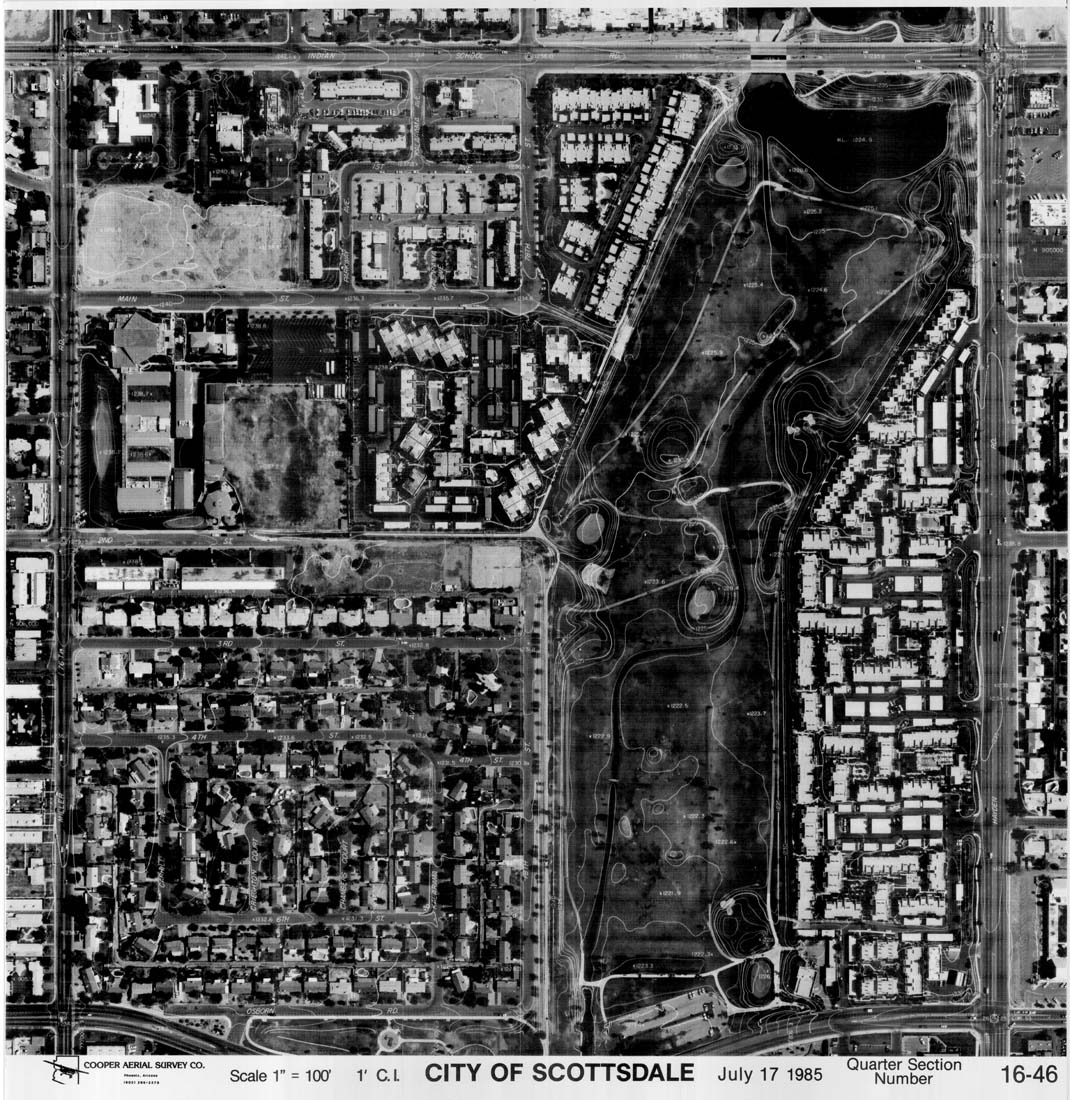
1983
The U.S. Environmental Protection Agency added a contained aquifer in south Scottsdale to the National Priority List establishing the North Bend Wash Superfund Site.
1984
Markland Properties Inc. dedicated the Gainey Ranch Water Reclamation Facility, the first to return non-potable water for golf course irrigation.
1986
Scottsdale City Council unanimously approved the transfer of the Gainey Ranch Water Reclamation Plant from its developer to the city. The plant is the first in Scottsdale designed to reclaim and treat
wastewater. 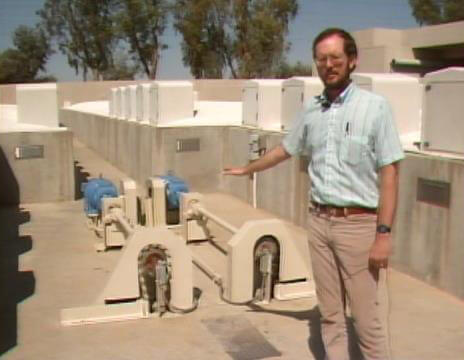
1987
Scottsdale’s $25 million Central Arizona Project water-treatment plant began operating in April and by July was pumping 7 million gallons of water a day into the city’s water system. 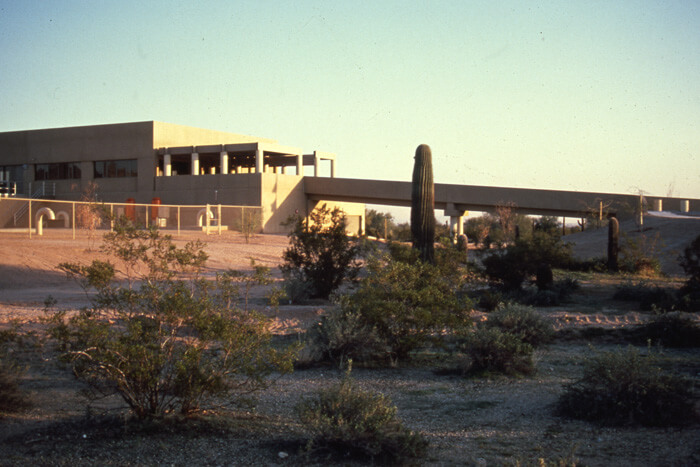
1987
Scottsdale purchased the water system that served the southern part of Scottsdale from Phoenix. In the same agreement Scottsdale sold portions of the Ironwood and North Valley water service areas west of 56th
Street to Phoenix. 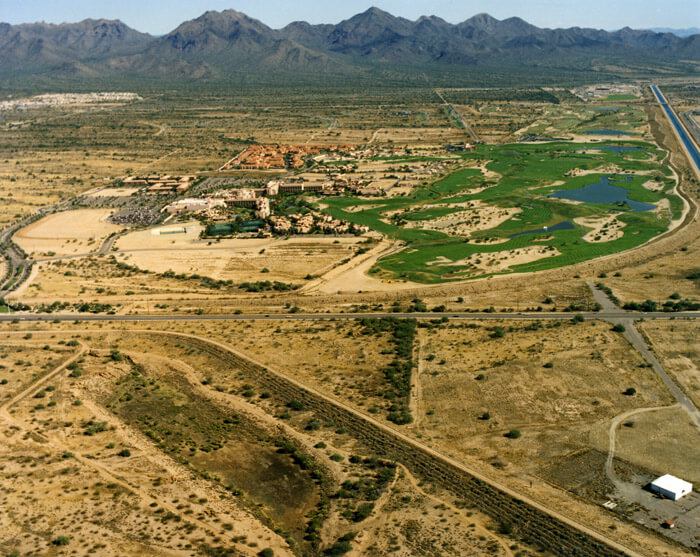
1987
Scottsdale opened its new Corporation Yard on Via Linda and dedicated its CAP water treatment facility.
1992
Construction began on the North Indian Bend Wash Groundwater Treatment Facility to clean up the superfund site.
1993
Scottsdale’s Reclaimed Water Distribution System (RWDS) became operational March 24. The $14 million system was one of the largest water development projects in the country devoted to the irrigation of golf course communities. Using reclaimed water for golf course irrigation allows Scottsdale to save an estimated one billion gallons of groundwater annually.
1995
The $7 million North Indian Bend Wash Central Groundwater Treatment Plant went online, commencing the cleanup of the superfund site. This facility removes TCE from contaminated groundwater to a level that is
considered non-detect and below EPA standard. This project is part of an agreement with the EPA requiring Motorola Inc., Siemens Corp. and SmithKline Beecham Corp. to construct and pay for a treatment plant to
remove volatile organic chemicals from the groundwater. 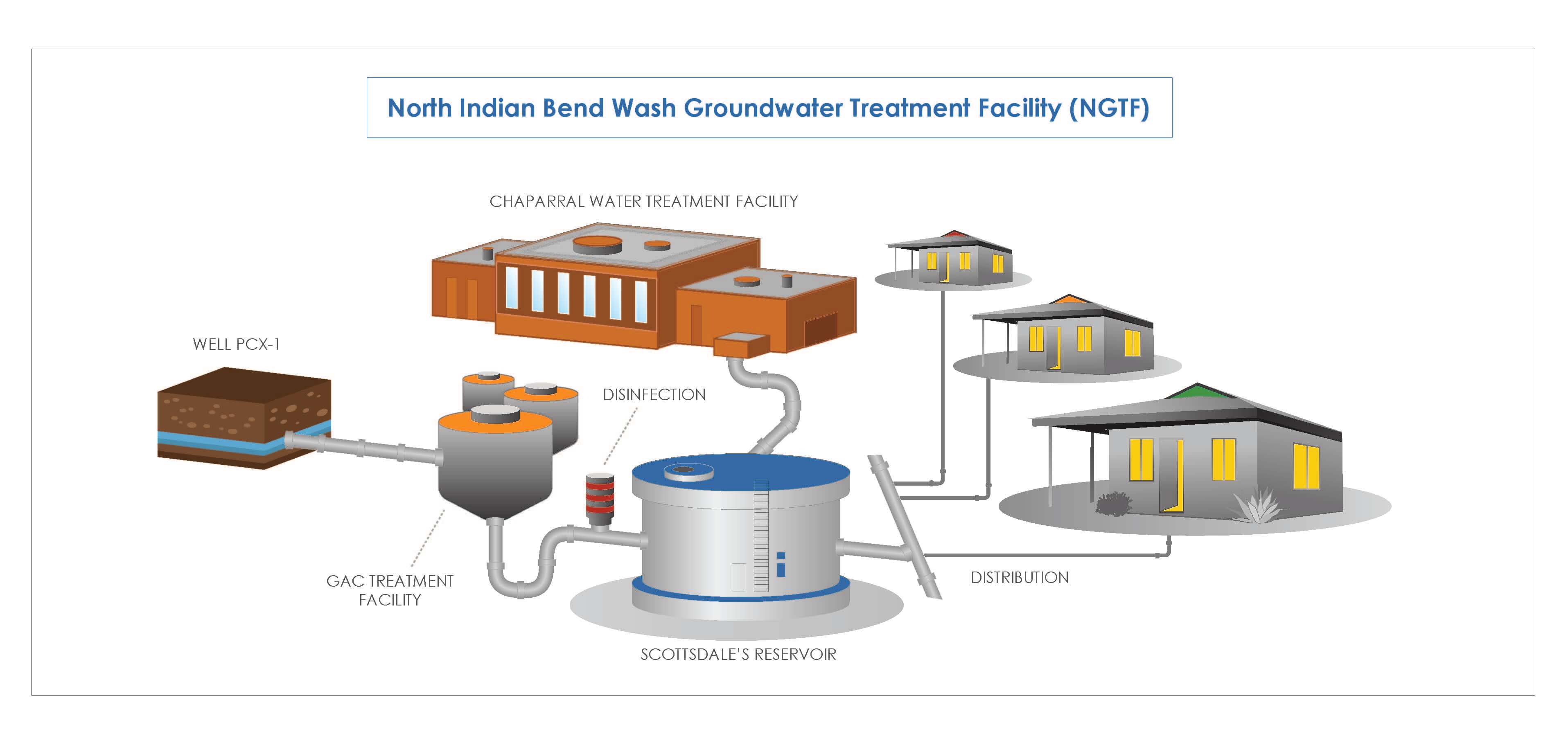
1995
Scottsdale City Council approved seven Central Arizona Project exchanges to add 17,800 acre-feet of water to Scottsdale’s CAP allocation.
1996
Roosevelt Dam was reconstructed raising its height by 77 feet to 357 feet. This increased the water capacity by 20 percent. The City of Scottsdale participated in this project through funding in exchange for
water space behind the dam. 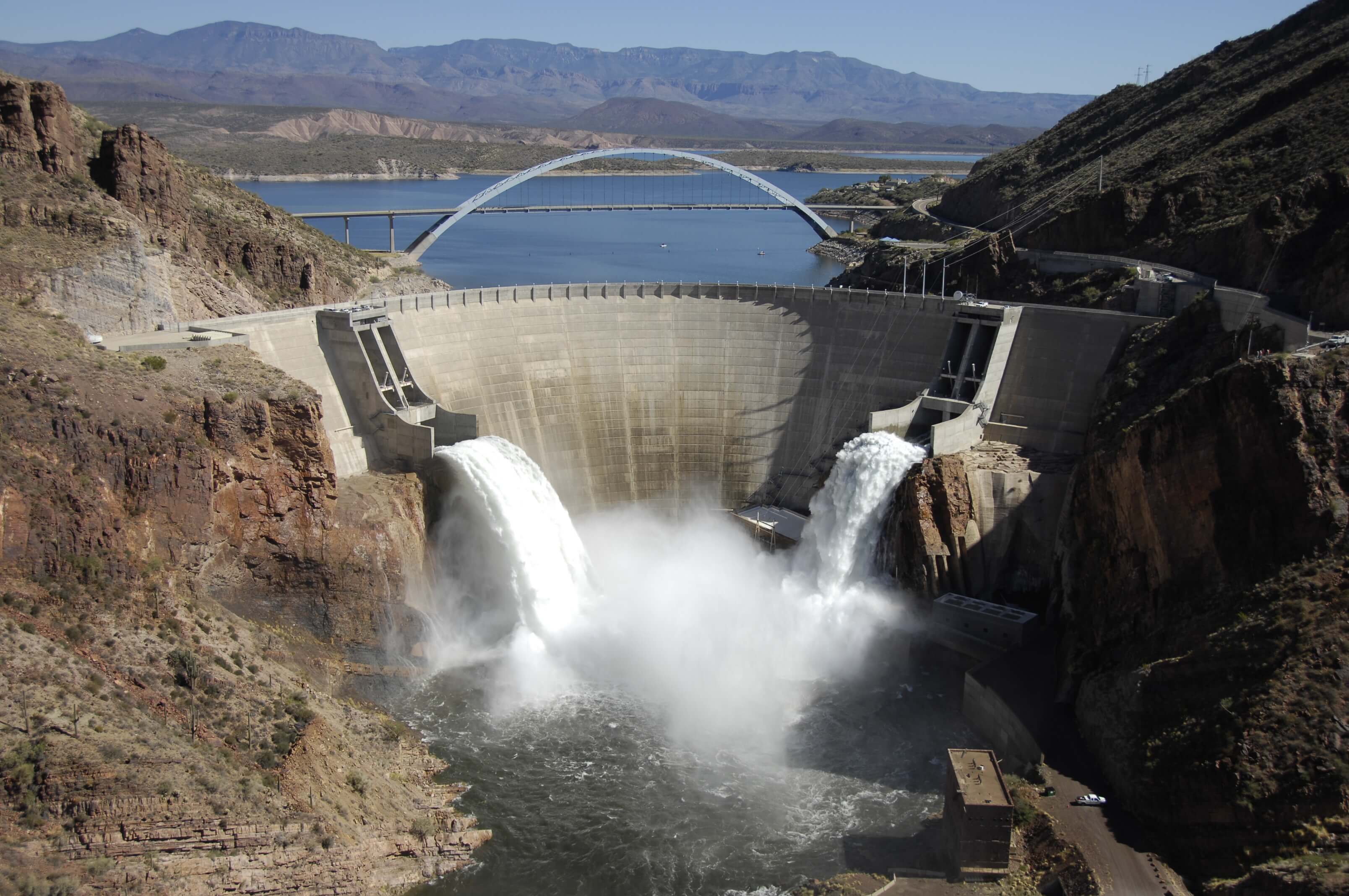
1998
The Scottsdale Water Campus started operations at the $116 million facility and was the largest public works project in city history to date which included: a 145-acre facility, a 70 million gallon per day drinking water treatment plant, a state-of-the-art water quality laboratory, a water reclamation plant, the world’s largest Vadose Zone groundwater-recharge well field and the world-renowned Advanced Water Treatment Plant.
1999
The Scottsdale Water Campus celebrated its Grand Opening on Hualapai Drive. The $116 million facility was the largest public works project in city history to date which included: a 145-acre facility, a 70
million gallon per day drinking water treatment plant, a state-of-the-art water quality laboratory, a water reclamation plant, the world’s largest Vadose Zone groundwater-recharge well field and the
world-renowned Advanced Water Treatment Plant. 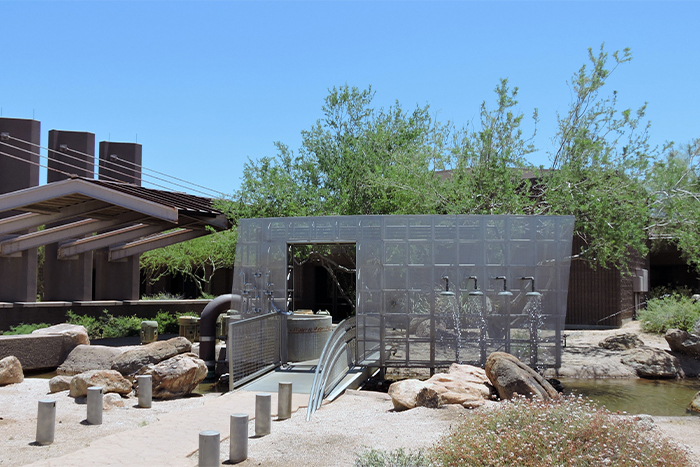
2007
Chaparral Water Treatment Plant was dedicated on January 9th. The facility was designed to treat 30 million gallons per day of raw water from the SRP Canal and distribute the drinking water to residents in
South Scottsdale. Because the plant was constructed within a residential area, it was designed to share the neighborhood by surrounding the plant with architectural features, walking paths, public restrooms and
a dog park. 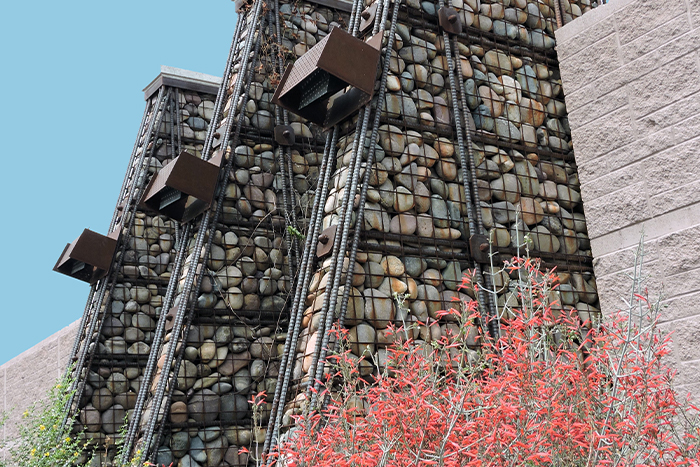
2008
Xeriscape Garden, a 5.5-acre demonstration garden, is open to the public providing an educational resource for growing native plants to reduce outdoor water use, foster development of sustainable landscaping
and enlist community participation to conserve water resources for the future. The garden is a National Wildlife Federation Certified Wildlife Habitat and conceals a 5.5-million-gallon reservoir from the
Chaparral Water Treatment Plant. The garden showcases over 7,000 plants from 200 species. 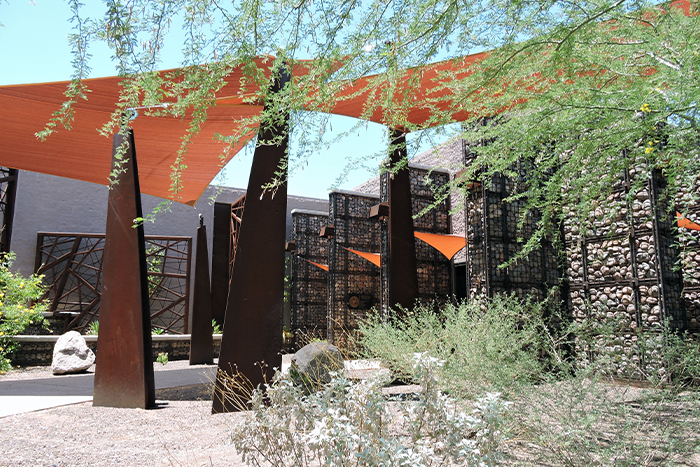
2010
Scottsdale, along with four other valley cities (Glendale, Mesa, Phoenix, and Tempe) enter into a new Effluent Supply Agreement with Arizona Public Service Company, the Operating Agent of Palo Verde Nuclear Generating Station, to supply treated effluent. The agreement runs from 2010 through 2050 and reuses Scottsdale’s wastewater.
2012
CAP III, at the Water Campus, expanded the water treatment plant to 70 MGD and included a new 10-MG finished water reservoir. The project also included a new pretreatment complex; a dissolved air filtration
facility for pre-membrane treatment; and a new 22-MGD microfiltration facility with associated cleaning-in-place (CIP) systems, chemical storage area, air scour equipment, and electrical equipment. 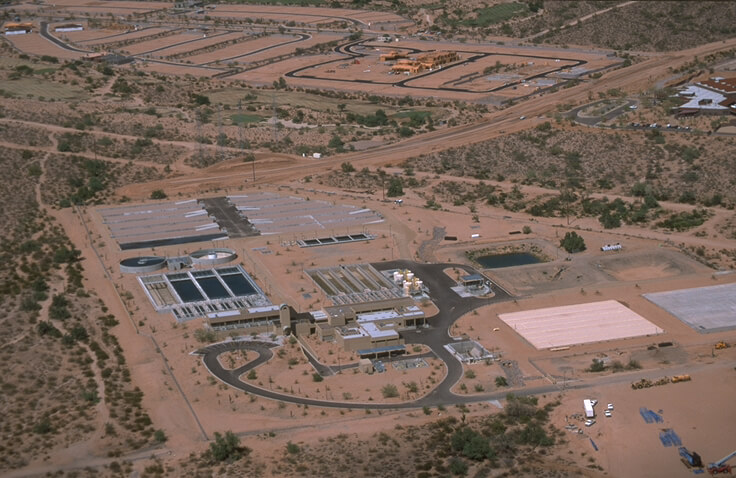
2012
Scottsdale Water commissioned the engineering of a centralized operations Control Room to monitor, evaluate and maximize all aspects of each system operated by Water Resources. This technologically advanced system creates faster response times to water breaks and outages, eliminates redundancy throughout facilities and improves system reliability. The Control Room also developed and implemented an integrated operating plan for all utility systems.
2013
Construction was completed for a new treatment facility for the long-term remedy for the North Indian Bend Wash (NIBW) site. The NIBW Granulated Active Carbon (GAC) Treatment Facility extracts water from well
PCX-1 and uses a liquid GAC treatment process to clean and treat the water. All costs are paid by the responsible parties. 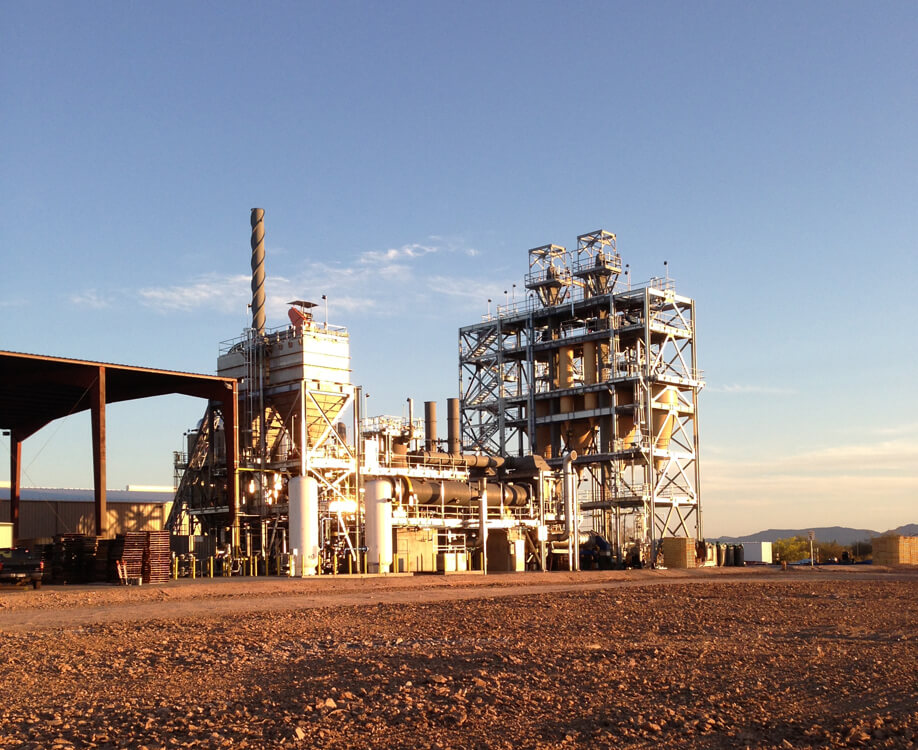
2013
Scottsdale Water partners with Phoenix, Glendale and Calgon Carbon to build a state-of-the-art Granular Activated Carbon (GAC) reactivation facility in central Arizona. The Calgon GAC reactivation facility lowered Scottsdale Water’s operating costs for GAC services by over $1 million a year while significantly lowering the city’s carbon footprint.
2014
The Scottsdale City Council approved a rebate program to curb excess salt in wastewater caused by water softeners.
2016
Scottsdale Water creates the Scottsdale Water Citizen Academy which is a five-week course that gives customers and stakeholders an in-depth look at all aspects of the water utility. 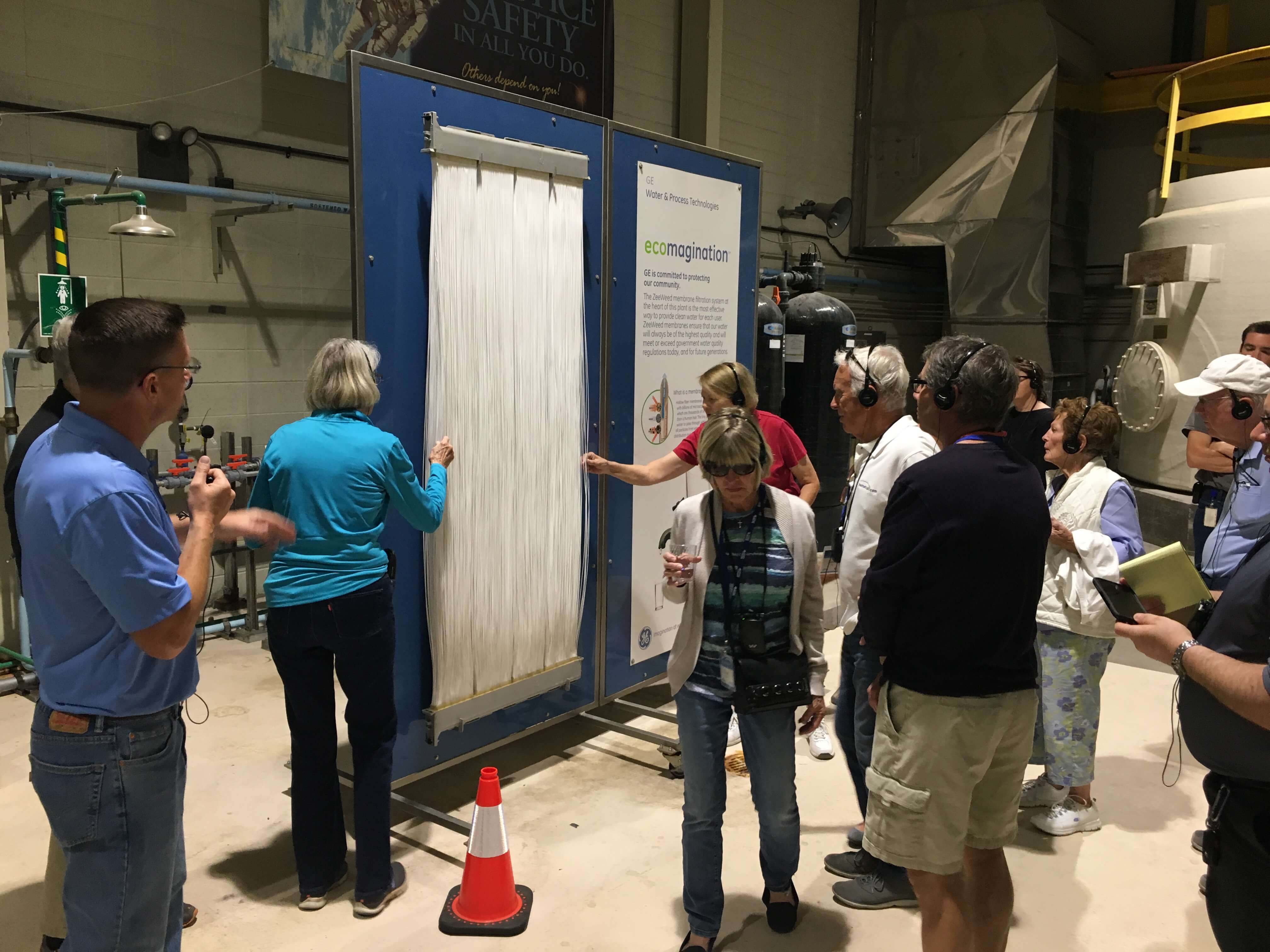
2017
In October Scottsdale Water began using power generated at Hoover Dam after receiving the second largest municipal allocation in Arizona. The 50-year contract is expected to save nearly $3.9M in electrical power cost throughout the agreement.
2017
As part of SROG, Scottsdale is part of the 91st Avenue Biogas Project which broke ground to clean the methane discharged from the solids processing at the treatment plant.
2018
Scottsdale’s Water Dept. celebrated the 20th anniversary of its Water Campus with a public open house on Oct. 17, 2018. 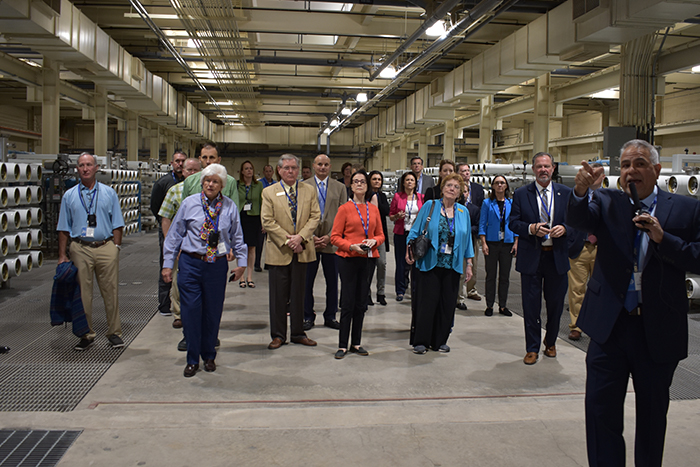
2019
In September, Scottsdale’s Advanced Water Treatment Plant at the Water Campus became Arizona’s first permanent water treatment facility permitted to treat recycled water for potable water uses; one of only
three such facilities in the U.S. 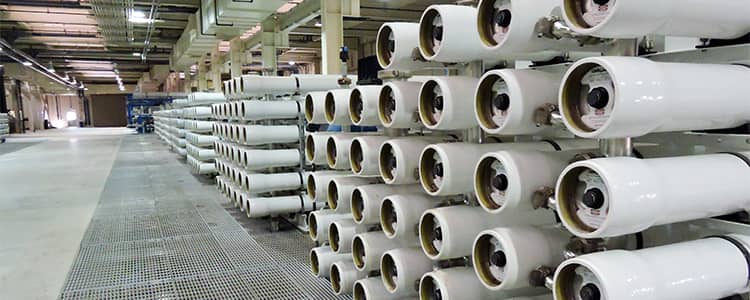
2021
The U.S. Bureau of Reclamation’s WaterSMART Water and Energy Efficiency program awarded Scottsdale Water a $1.5 million grant to support the city’s long-term water supply sustainability program. Money will be used to construct its aquifer storage and recovery well field project, enabling the city to recharge a portion of its Colorado River surface water allocation into aquifers within the city’s service area.
Scottsdale Water Resources
9312 N. 94th St. Scottsdale, AZ 85258Hours
| Monday | 7 a.m. - 4:30 p.m. |
| Tuesday | 7 a.m. - 4:30 p.m. |
| Wednesday | 7 a.m. - 4:30 p.m. |
| Thursday | 7 a.m. - 4:30 p.m. |
| Friday | 7 a.m. - 4:30 p.m. |
| Saturday | Closed |
| Sunday | Closed |